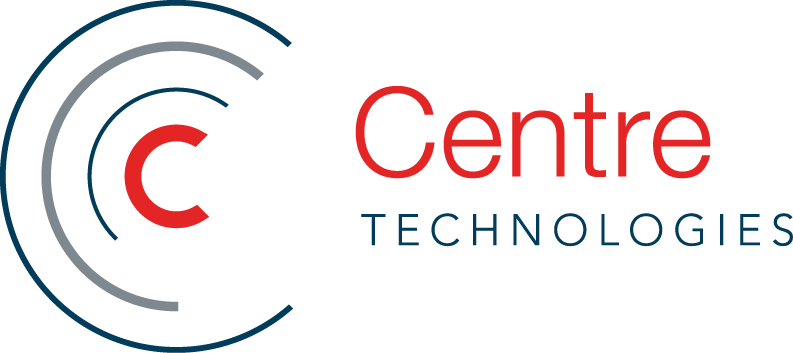When evaluating technology investments for your business, it is essential to consider the Total Cost of Ownership (TCO) of ERP or CRM software. Often, both the technology vendor and the buyer tend to focus solely on the acquisition price. This narrow focus is typically due to budgetary constraints that prioritize short-term expenses.
***For reference, Total Cost of Ownership is "a measure of both the direct and indirect costs of an asset (including software) over a specific period of time. TCO is meant to look beyond the cost of purchasing an asset to determine all the other related expenses — some obvious, some not so obvious — that come into play as a result of owning it" (NetSuite.com). ***
Numerous business studies conducted over the years have consistently shown that the cost of acquisition is just a small fraction of the total cost of ownership. In reality, it is widely acknowledged that expenses related to maintenance, upgrades, optimization, management, and training can amount to around 3-5 times the initial equipment acquisition cost over a five-year ownership period.
Therefore, it is imperative for small business owners to look beyond the initial purchase and onboarding costs and consider the long-term impact of how much the technology truly costs over time.
Similarly, you must assess the TCO for a cloud-based ERP solution like Microsoft Business Central with the same evaluation as an ‘on-premise’ technology solution.

How do you calculate tco for erp solutions?
Unfortunately, TCO is a little bit difficult to calculate when considering ERP systems, since generally TCO refers to on-premise, tangible assets. However, regardless of whether you're on premise or in the cloud, consider the following things when calculating your Total Cost of Ownership with an ERP.
- Cost per User, per Month
- Consulting and Implementation Fees
- Training Costs
- Ongoing User Support Costs
- Upgrade Costs
- Maintenance Costs
- Extra Application Integration Costs (3rd Party Applications and Information)
- Application/Environment Backup/Restoration/Recovery Costs
- Ease and Cost of Adding New Functionality or Modules
- Ease and Cost of Adding New Users to the Solution/System
- Uptime Commitments and Cost of Business Downtime
For experienced accounting specialists, TCO is the preferred method to analyze technology investments when two solutions provide roughly equivalent functionality over the solution lifecycle, but have different types of costs associated with acquisition, maintenance and operation. For these reasons, a TCO comparison offers a more tangible assessment of the total costs involved in deploying cloud-based accounting systems and on-premise business software.
Your next steps with you erp
Calculating TCO shouldn't be difficult. We make sure it's as easy as possible. If you have questions, we're here for you. Let us help guide you through the process of calculating and assessing the costs of a cloud-based ERP.
While you're at it, take a look at Microsoft Business Central — our exerts can sit down with you and give you the bare bones assessment of not only the TCO calculations but the easiest ways to migrate your system today. Regardless, contact us with anything you need from start to finish. We're here for you.


 Emily Kirk
Emily Kirk
